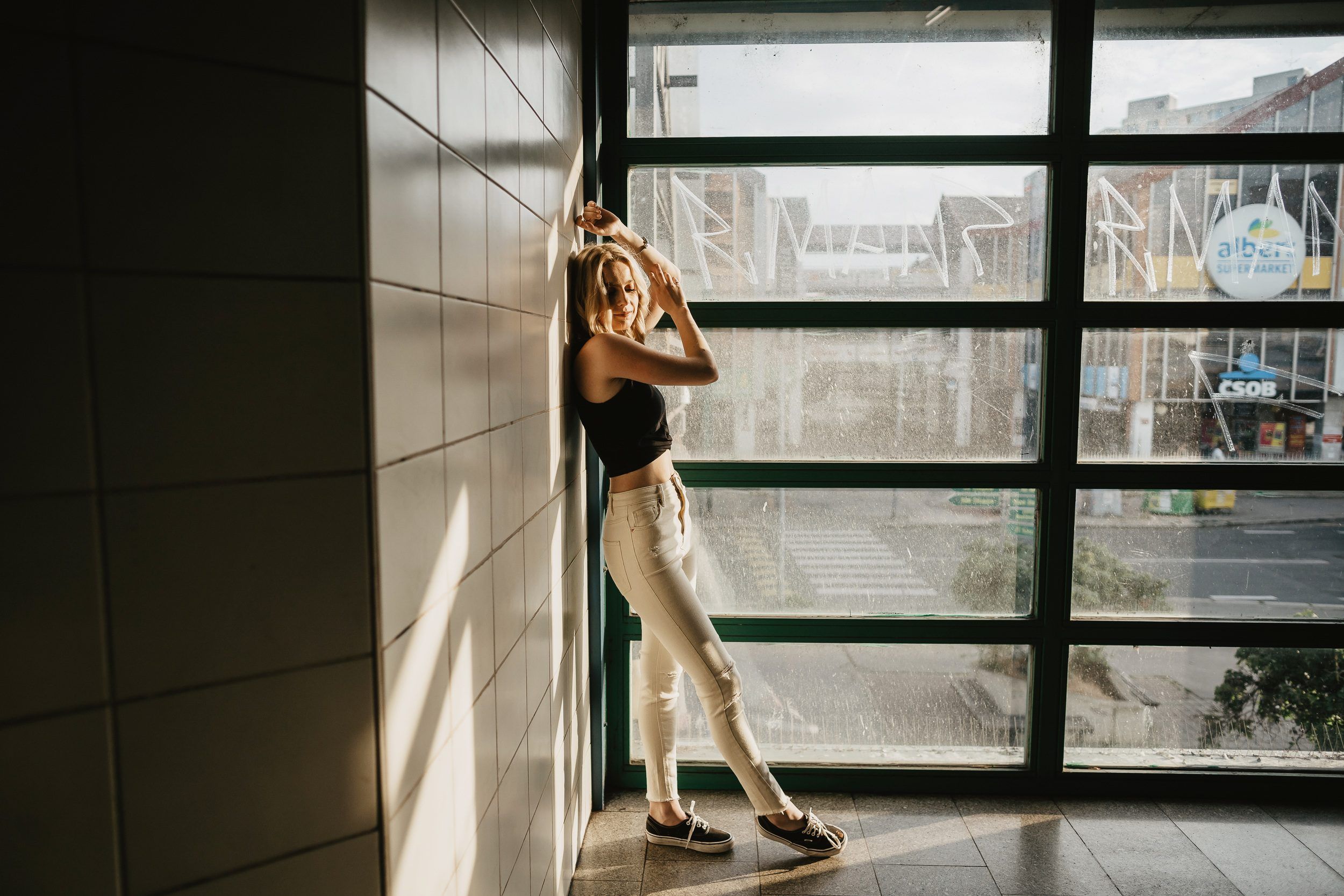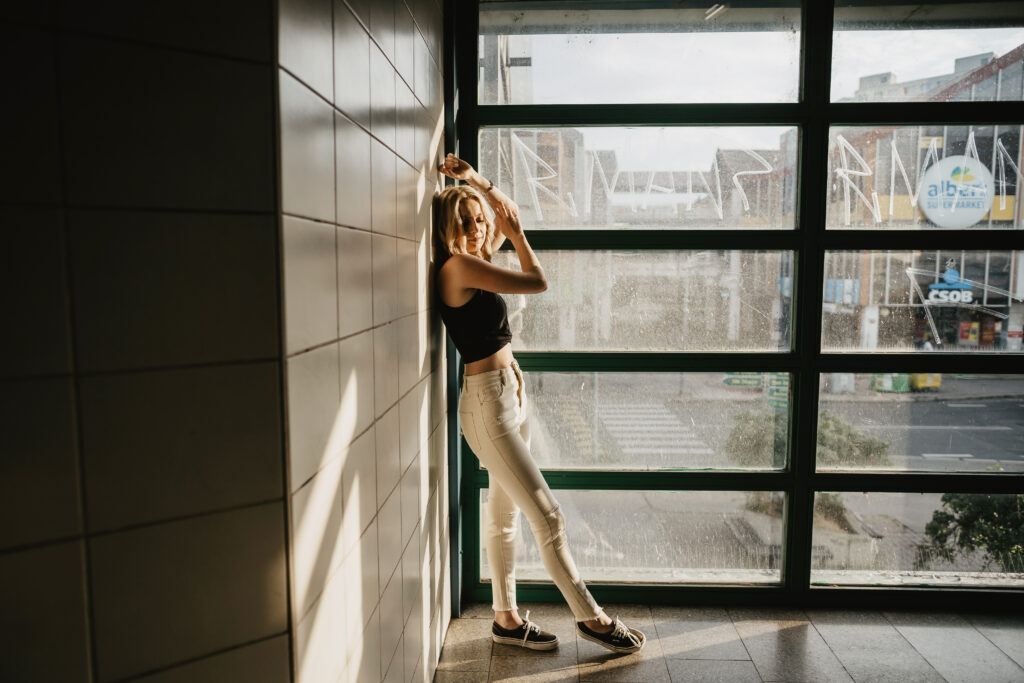Photography is a subjective art, and we all imagine something completely different as the “perfect” capture. There is a different “perfect” for each occasion. When traveling, your perfect picture is the one that takes you back to the exact moment hiking up to the peak. When doing a documentary, the ideal picture captures the moment full of emotion. When doing advertising for clients, you’re double-checking every single detail on your screen, so you don’t mess up the focus and it looks good even on billboards. For weddings, your focus is to capture the energy between the couple. Some photos require high maintenance, lots of retouching, and expensive gear. Some may mean the world to you but you took them on the first flip phone or a disposable camera.
Today, we’ll cover the following:
- The concept of perfect photography
- To focus less on technical quality
- Five secrets for quality photography
My friends often ask me how to take great photos and I’ll tell you the secret right in the beginning. I don’t. Nothing’s perfect. But if we’re talking about getting as close to perfect as we can, the recipe is simple. Focus less on technical perfection and first embrace the photograph itself. If you’re simply taking pictures for yourself, imagine discovering them printed in your drawer 50 years later. You’re showing memories to your kids, thinking about the time of your life: it doesn’t matter whether the ISO was 200 or 800, does it?
It’s the same with client work or weddings. Don’t get me wrong! I’m not trying to ditch technology at all. Learn about your camera and explore different settings whenever you have time. Experiment, get faster, get more understanding, and be precise. It’s very important to deliver good work. But from my point of view, the atmosphere captured is more important than technical perfection.
I’ve seen tons of photographers over my career that made me feel insecure just by walking into the room because they were carrying three camera bodies, a huge flash, the biggest possible lens they could find, and their whole lighting studio on their back with all of the softboxes, tripods, and extra tripods. It takes them more time to unpack than it takes me to shoot. It’s not wrong, but remember it’s not everything. Don’t be insecure, just learn how to balance.
Nothing’s perfect. But if we’re talking about getting as close to perfect as we can, the recipe is simple. Focus less on technical perfection and first embrace the photograph itself.
Imagine being a photographer for a wedding in two extreme situations. In the first one, you come unprepared, with a beginner’s DSLR and a kit lens. Now the technology limits you because you won’t be able to take pictures as quickly as you’d like, as sharp as you’d like, or create the beautiful bokeh effect. It sucks. But imagine the opposite – carrying the whole universe of gear on your back. Overwhelming, right? You’ll get caught up in overthinking every single setting and too distracted in getting “the” shot that the chances are you’re going to miss beautiful moments between the couple that will not happen again. Sure, you will get five amazing shots you could print for a billboard, but isn’t it more important to be in the moment?
Let’s forget crispy focus, professional studio light, and 50 megapixels for a second, and let me guide you on what a perfect quality photograph should really have.
Recommended Reading: Want to learn how to make your photos stand out from everyone else’s? Grab a copy of Photzy’s Effective Storytelling premium guide.
1. Interesting Subject
Half of your success is finding an interesting subject for your photograph! A lot of us started photography shooting (a little bit cliché) pictures of flowers in our garden, photos of the sky, or sunsets. As we matured and found our niche, we shifted towards what we really found appealing and what our passion was. For me, it was mostly people and their stories. For you, it could be landscapes, food, or architecture.
What do I mean by finding an interesting subject? It isn’t looking for top models or the most beautiful traveling destinations. It’s actually about finding out what’s interesting about your subject. In the end, the subject will be the point of the photograph!



These pictures capture the fun of having a picnic – the quality is found in the emotions and genuine expressions. Photographs by Ľudmila Borošová
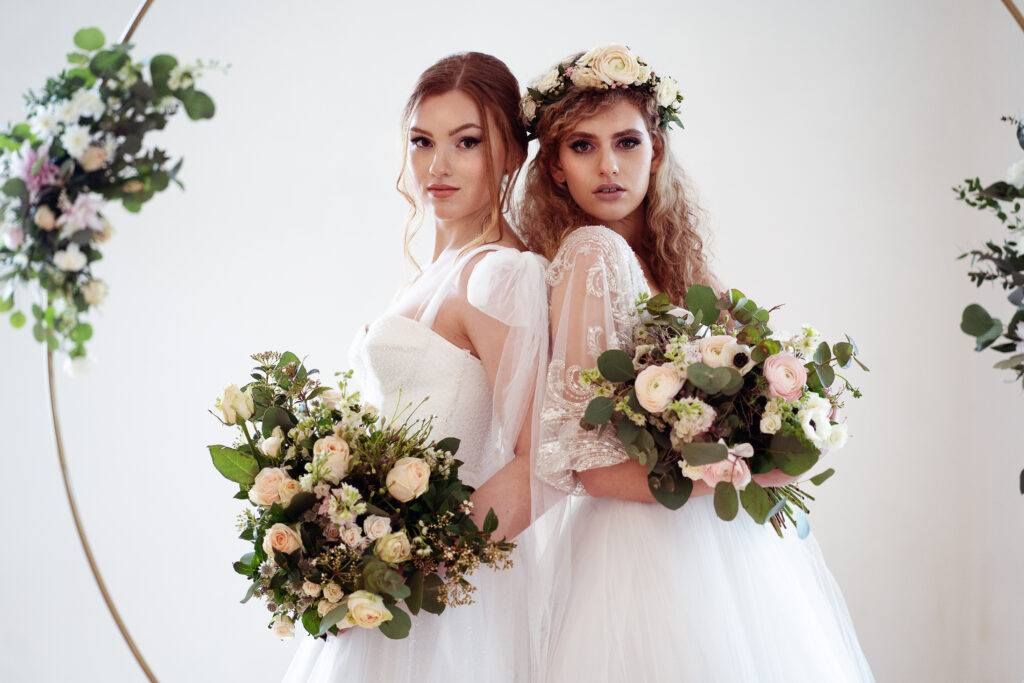
Here, the quality is based on the models’ abilities to pose and deliver images showcasing the work of the florist and stylist. Photograph by Ľudmila Borošová
The best way to practice this (especially in portrait photography) is by trying to do street art. You don’t need to do it sneakily; just dedicate a few hours of your time to take pictures in the main square of your town. Ask people around whether you can take their portrait. Some people will be dressed like they’re on a runway, whereas others will be carrying their groceries, and some will be rushing to the nearest post office. First, choose only subjects that you truly find interesting. Don’t look at the physical attributes or their outfits – learn how to find the magic in everyone. Trust me, everyone has it.
2. Interesting Composition
Perspective is precious! Even though we’re living through the same situation, we’re experiencing it from a different perspective. That’s why if two photographers are shooting the same model, it’s likely that the results will be different. It all starts with angles. When a picture really stands out, you know it’s also because of the composition of the subject into the background.
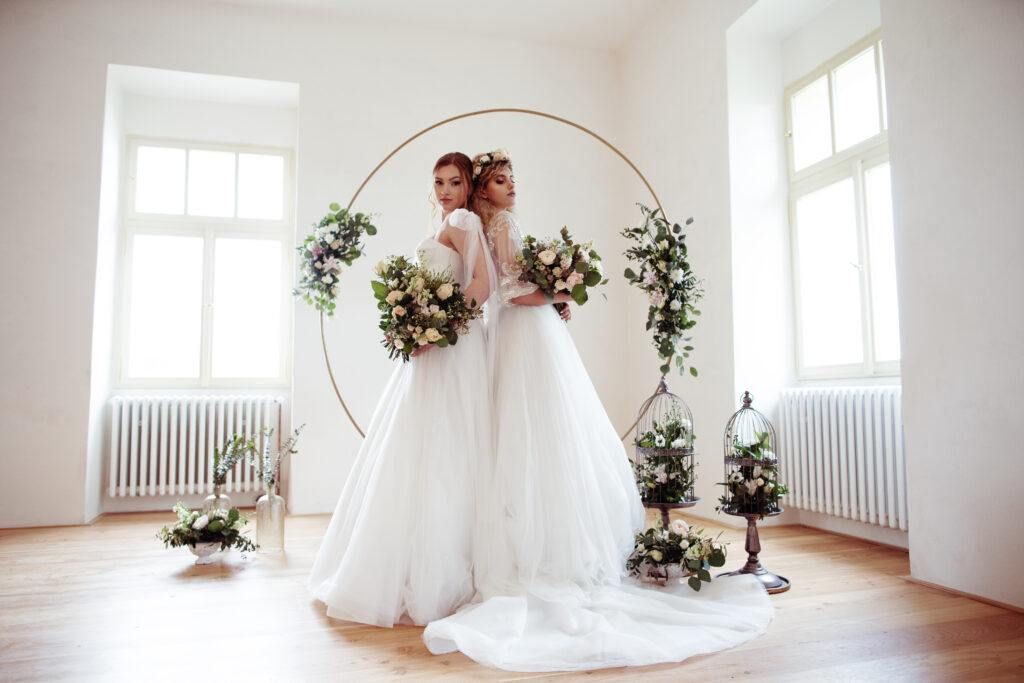
Composing the models right in the middle of the photograph. Photograph by Ľudmila Borošová
You can use composition to your advantage in many ways:
- Use the rule of thirds – Whenever you’re unsure, this is a safe choice! Even though this is the most famous rule photographers have in composition, it can be easily overused. Know when to break it!
- Right in the middle – Posing your subject right in the middle of your composition isn’t a mistake, it’s just harder to master! This composition works well with interesting backgrounds.
- Play with the lines – Identify the main lines in your photograph and decide where they’re heading to! Of course, we all know vertical and horizontal lines, but you can find diagonal, converging, or curved lines. Which one works best for you?
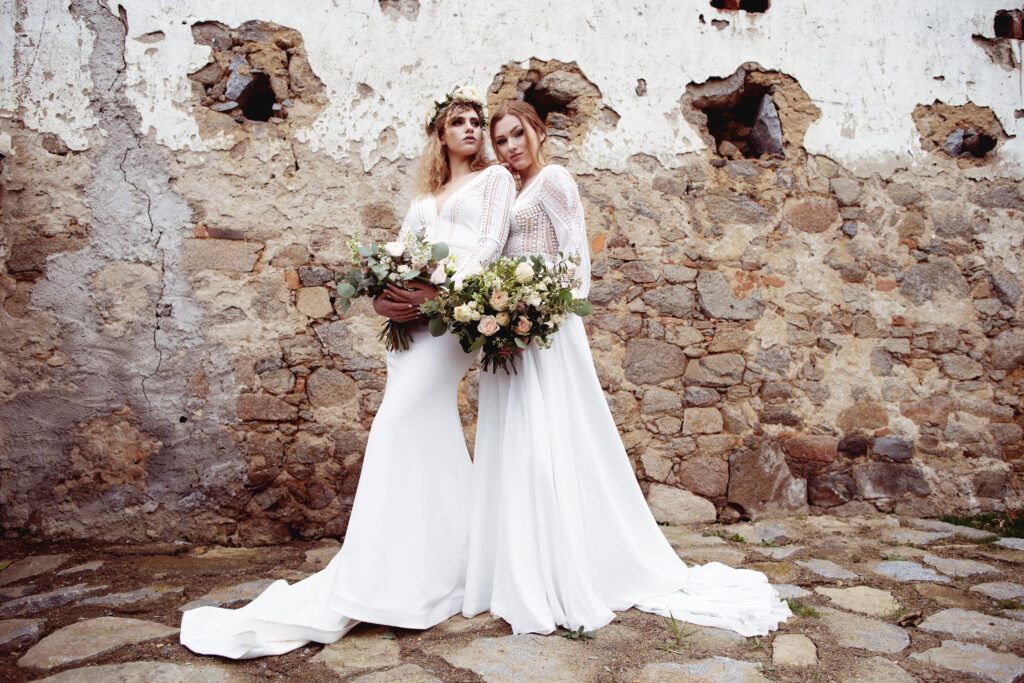
Even though the models are almost in the middle, the left side is the stronger one. Photograph by Ľudmila Borošová
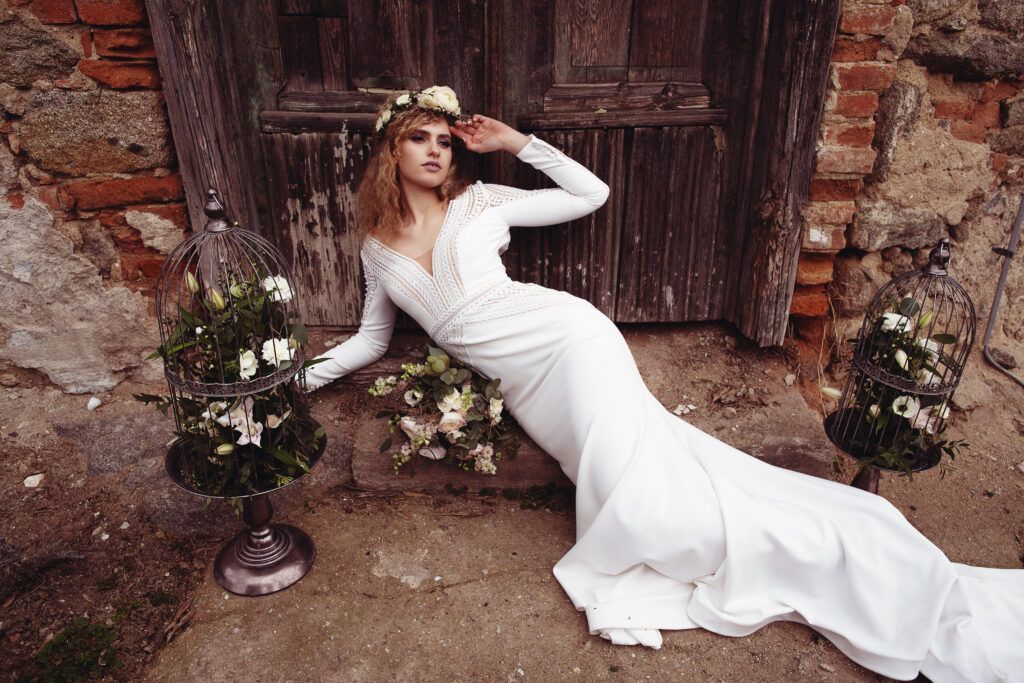
The mainline in this photograph is the dress going up from the bottom-right corner. Photograph by Ľudmila Borošová
3. Unique Lighting
When I imagine a quality photograph, unique lighting comes to my mind immediately. Sometimes we’re lucky to catch it; sometimes it requires a lot of planning and time management. But either way, it’s the missing piece!
- Bokeh – The aesthetic lights in the blurred background are classic, and they will never go out of fashion! If you aren’t lucky with the lighting, maybe you can create some bokeh light for yourself with fairy lights.
- Golden hour – The easiest way to get yourself familiar with different sunlight techniques is to go out and shoot in the golden hour. It helps with composition, softens your image, and makes it way more romantic. If that’s the look you’re going for, you’re going to deliver high-quality images!
- Sharp light – If you’re up for a challenge, get ready! Shooting in harsh lighting conditions is the best practice you can get for difficult situations. That being said, I think the most unique and quality photograph you can take is when using sharp light to your advantage! It’s tough, and it might not go well on the first try, but it will be worth it.
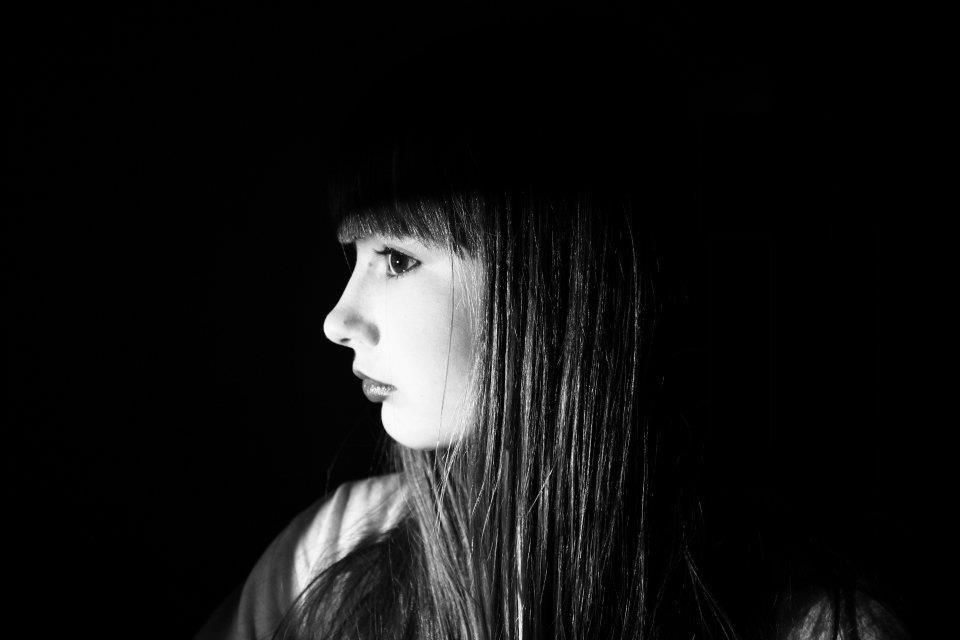
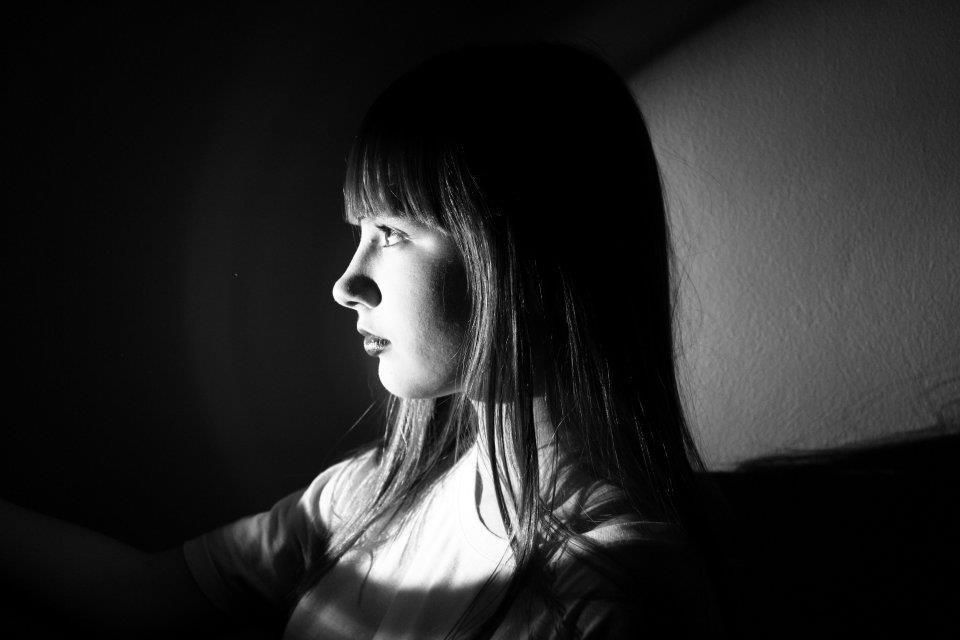

My first photography experiments in my bedroom just using a flashlight. Yes, that’s 15-year-old me! Photographs by Ľudmila Borošová
These are, of course, the most common lighting situations, but creativity has no border. When I started photographing in my bedroom as a kid, I used flashlights to play with shadows and create special effects. There are various objects you have at home that you can use to create the unique lighting you need: flashlights, prisms, mirrors, or even some decorations made from glass.
4. Focus On Detail
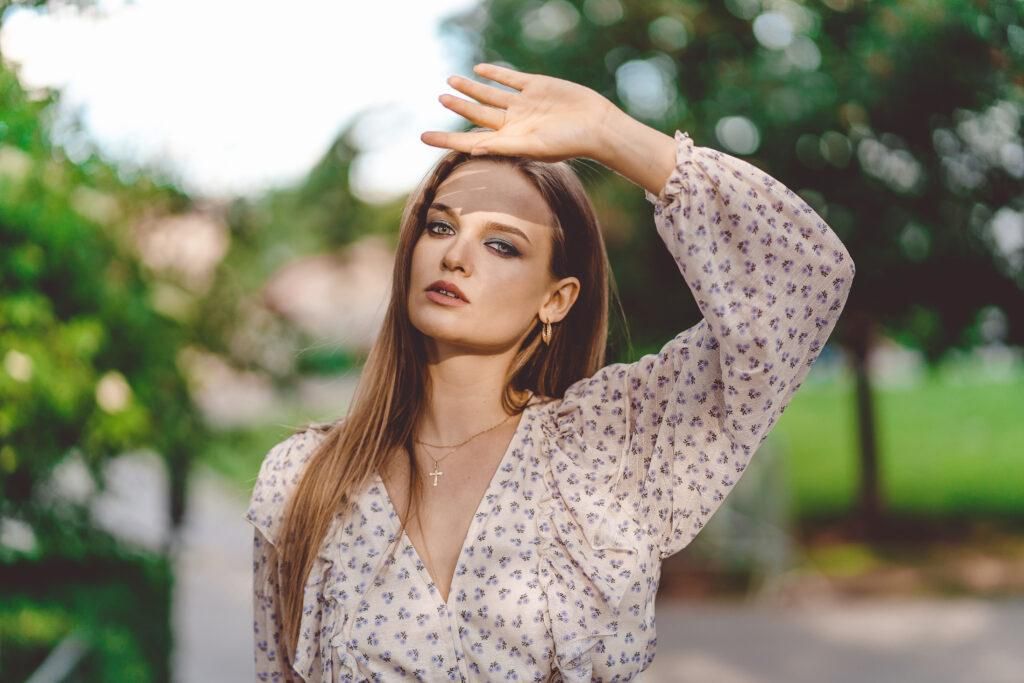
Photograph by Ľudmila Borošová
In most cases, it’s good to have one place in your photograph that is the easiest to concentrate on. Even though everything should work very well together in your photograph, there needs to be one thing that catches everyone’s attention. It can be visual, such as a subtle touch of the model’s hand or the book she’s reading, or maybe her freckles. But the detail can also be an emotion; for example, what am I supposed to feel from this picture? It’s good when you learn how to focus on detail unintentionally. Not all of my pictures have that “something,” but when I see they do, I often realize that it wasn’t planned.
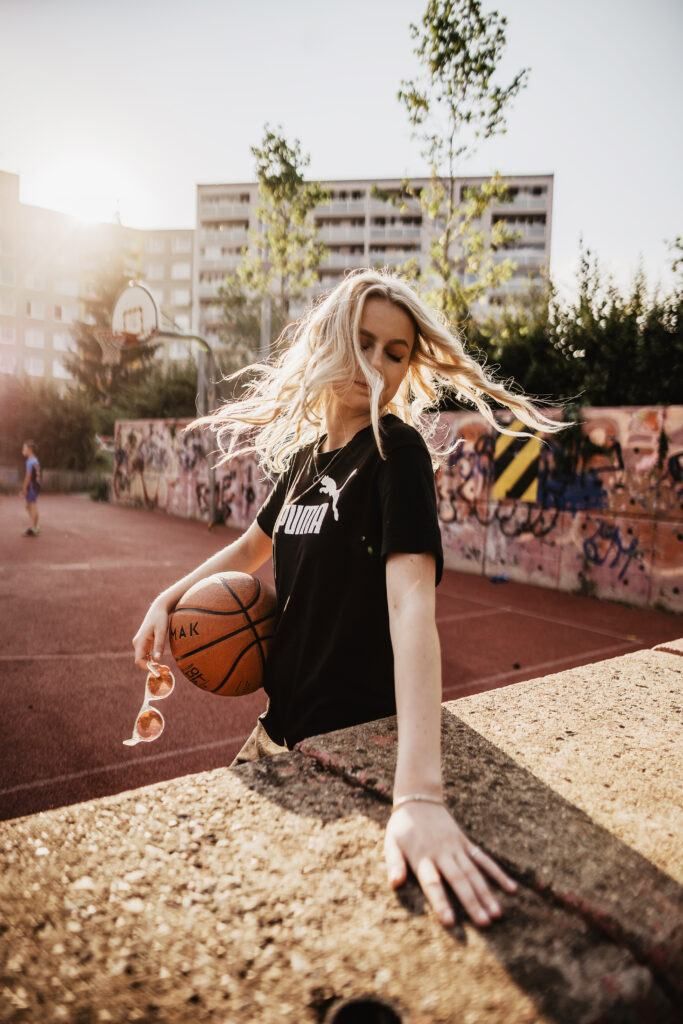
Photograph by Ľudmila Borošová
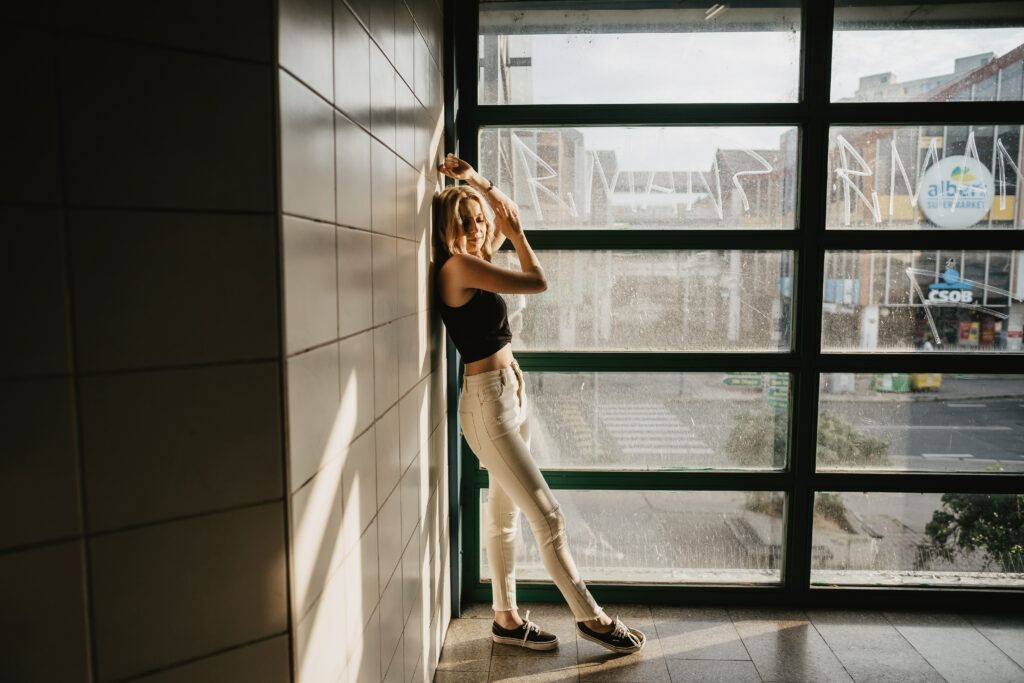
Photograph by Ľudmila Borošová
5. “A Moment That’s Gone Forever”
One of my favorite photography quotes is by Karl Lagerfeld: “What I like about photographs is that they capture a moment that’s gone forever, impossible to reproduce.” If you have to remember just one single rule to shoot by to capture great photos, this quote has it all.
What I like about photographs is that they capture a moment that's gone forever, impossible to reproduce.
As I mentioned in the beginning. we, the photographers all around the world, should enjoy taking pictures, not because of the technical aspect or never-ending search for perfection. We are the ones that can make time freeze forever. When you think about this in-depth, none of those attributes really matter as much as you’d like them to. What matters the most is that you’re able to tell a story, express emotions, illustrate a situation, or perceive beauty.



The beauty in simple daily life: my clients wanted pictures of their typical morning, without posing. Photographs by Ľudmila Borošová
We’re all on a search for the perfect picture, so next time when you take one, just focus on “capturing the moment that’s gone forever.” If you’re able to make it immortal, you know you succeeded in taking a quality photograph.
Recommended Reading: Want to learn how to make your photos stand out from everyone else’s? Grab a copy of Photzy’s Effective Storytelling premium guide.
Self-Check Quiz:
- Are there different kinds of perfection in different genres of photography?
- What balance is crucial in taking the right picture and quit overthinking?
- What does it mean to have an interesting subject?
- How can you practice finding interesting attributes in every subject?
- What are some of the most well-known composition types?
- Can you name some of the composition types that include lines?
- What is the most challenging, yet rewarding light technique?
- How can you make creative light at home?
- Do you always need to focus on details intentionally?
- What do you understand by “making the moment immortal”?
Assignment:
- Do the street photography experiment. Find at least 10 very interesting subjects to take photographs of. If it’s portraits, look for people with a high sense of fashion that preferably doesn’t look too shy. If it’s architecture, capture the best landmarks your town has to offer. In the second round, when you feel a bit more comfortable, ask everyone that you see and find something interesting in each of those pictures.
- Look through your most favorite photos you’ve ever taken. Can you find the “something” in each of them? What is the important detail that takes your attention? Is it visual or emotional? Would you change it if you could?
- Buy a cheap disposable camera for your next travels or family event that you’d love to have captured forever. Use these 27 pictures wisely to “capture a moment that’s gone forever.” What will be the attributes you will focus on while shooting? What did you learn in this experience? Do you feel any emotions looking back at the pictures?
- On your next photoshoot, make 10 different compositions from the same model pose. How are they different? How do the lines in them work?


